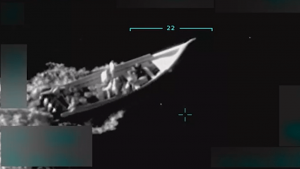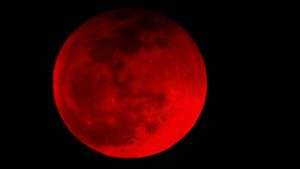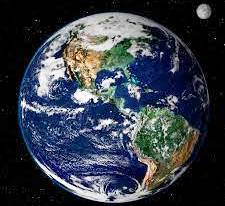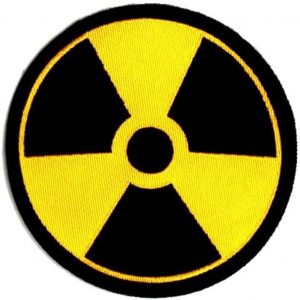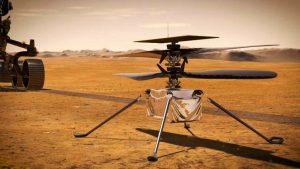The Director-general of the International Atomic Energy Agency says Russian forces’ withdrawal from the decommissioned Chernobyl nuclear power plant is “a step in the right direction.”
Rafael Mariano Grossi headed a support mission to Chernobyl on 26 April, 2022.
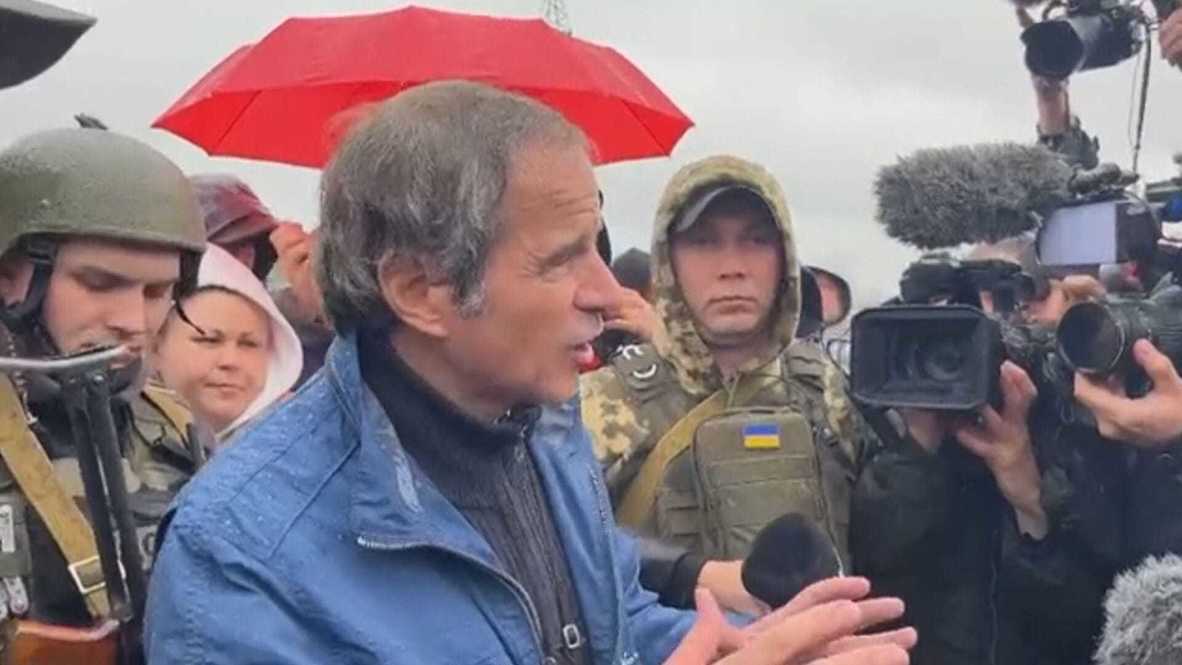
Chernobyl is the site of the world’s worst nuclear disaster.
The radiation leak as a result of the explosion and fire in the Nuclear Power station, a Light Water Graphite reactor, on April 26, 1986 killed about 30 people; 300 suffered radiation sickness and another 3,000 developed Thyroid cancer, a mild form of cancer.
Though its four reactors have been decommissioned, the area is contaminated and some radioactive sources are still stored in the facility.
An encasement called Sarcophagus was built to cover the damaged reactors and spent nuclear fuel rods there still require continued maintenance to remain cool.
Grossi denied reports in Western media that Russian troops withdrew from Chernobyl on 31 March, 2022 because they suffered acute radiation sickness as they dug and occupied trenches in contaminated soil near the decommissioned nuclear plant before capturing it.
Some media reports even say the sick Russian troops are being treated in a hospital in Belarus.
The area occupied by the Russian troops, without any radiation protective gear, for five weeks, include the 1.5 square-mile exclusion zone called the Red Forest, near the Chernobyl plant.
All the pine trees there died in 1986 during the nuclear accident.
The IAEA Director-general earlier visited Ukraine and Russia.
The IAEA is concerned about the possibility of a nuclear incident because the scientists in Chernobyl, in Ukraine, did not have the freedom to work professionally since Russian troops took the city.
This is the first time, Grossi said, that a nuclear facility is captured in war: “It has never happened before.”
The IAEA is also concerned about the state of the nuclear industry in Ukraine since the war started.
Ukraine has 15 nuclear reactors in four plants and seven of them currently generate electricity.
The six-reactor Zaporizhzhya Nuclear Power Plant in southern Ukraine, the largest in Europe, was captured by Russian forces on March 4, 2022.
The training section part of it was set on fire in the fighting. The fire was put off and did not reach the reactors and the radiation levels were said to be normal.
Ukraine reported to the International Atomic Energy Agency, IAEA, that although the reactor’s regular members of staff continue to operate it, the plant’s management is now under orders from the Russian commander.
As a result, decisions on the plant’s management now require prior approval by the Russian commander and not the plant’s management or the Ukrainian nuclear regulatory authority.
Grossi expressed “grave concern” over the incident, saying professional staff in a nuclear facility must have the “capacity to make decisions free of undue pressure.”
Two of the six reactors in Zaporizhzhya Nuclear Power Plant currently generate electricity for the national grid.
On Ukraine’s request, Grossi presented radiation protection equipment like dosimeters or radiation measurement instruments, protective gears and even diesel generators to Chernobyl nuclear site.
He commended the staff who worked without changing shifts and used diesel generators to pump water to cool the spent nuclear materials when public electricity was cut-off from the decommissioned plant for a month under Russian occupation.
The workers ate only twice a day and slept on tables at that period.
Grossi re-assured the people that the radiation level in Chernobyl is normal after the Russian occupation and 36 years after the accident of 1986.
He said full radiation monitoring at the site has been restored.
photo credit: ruptly


